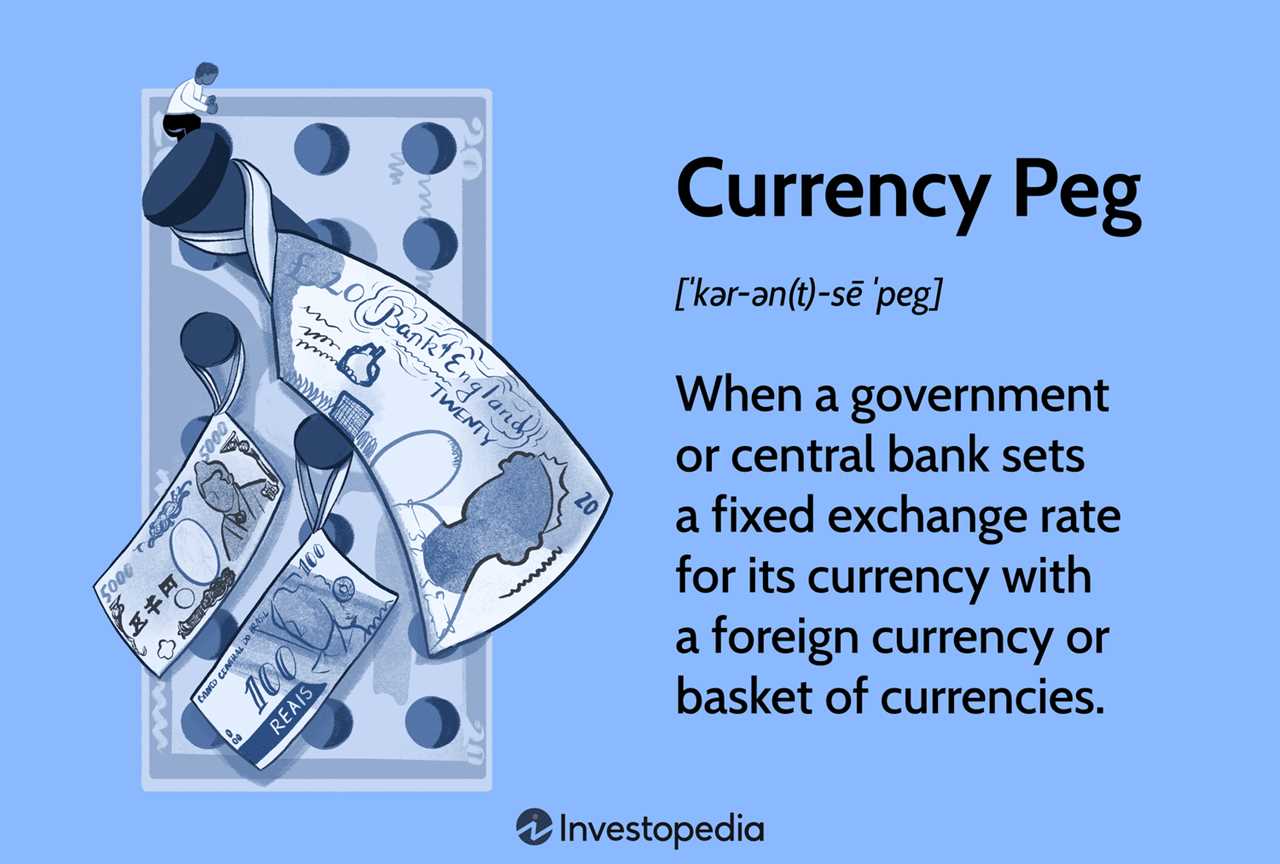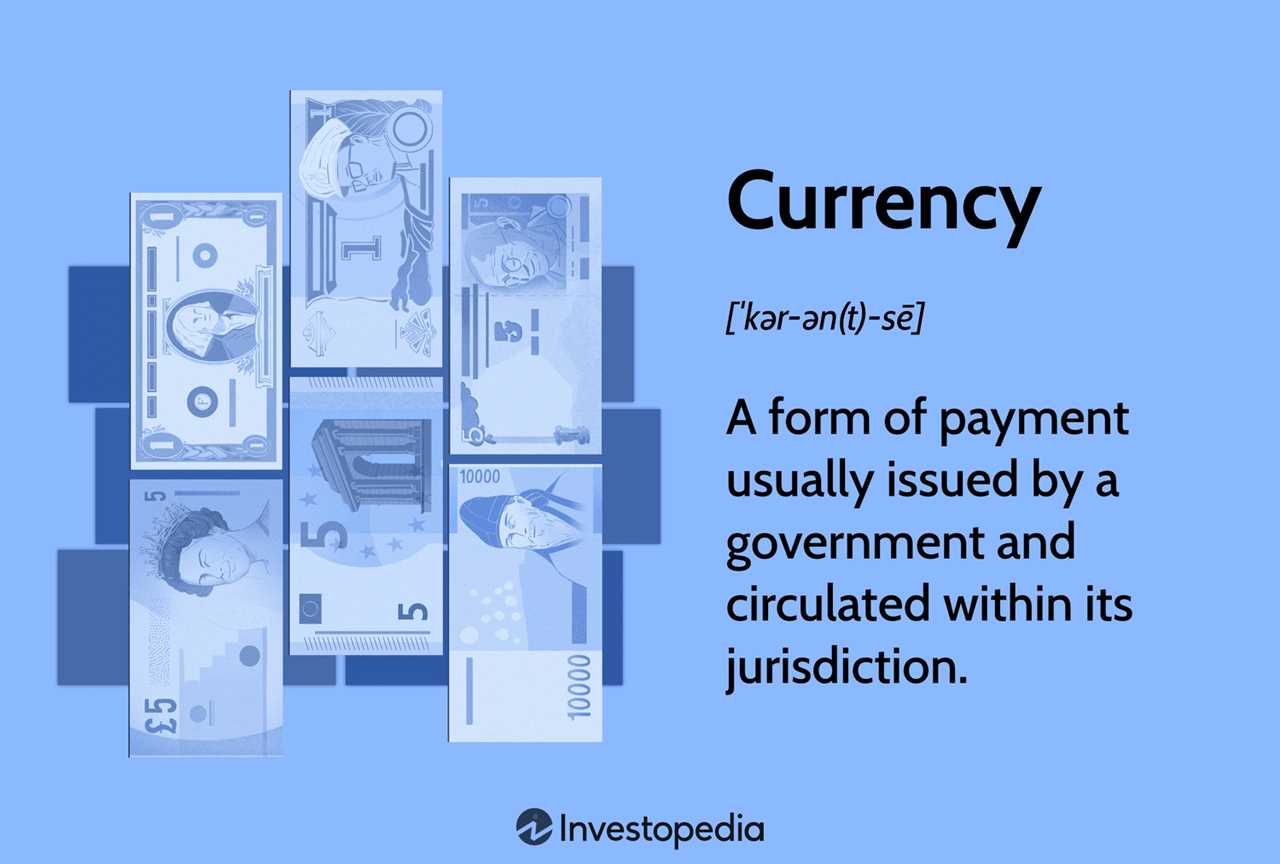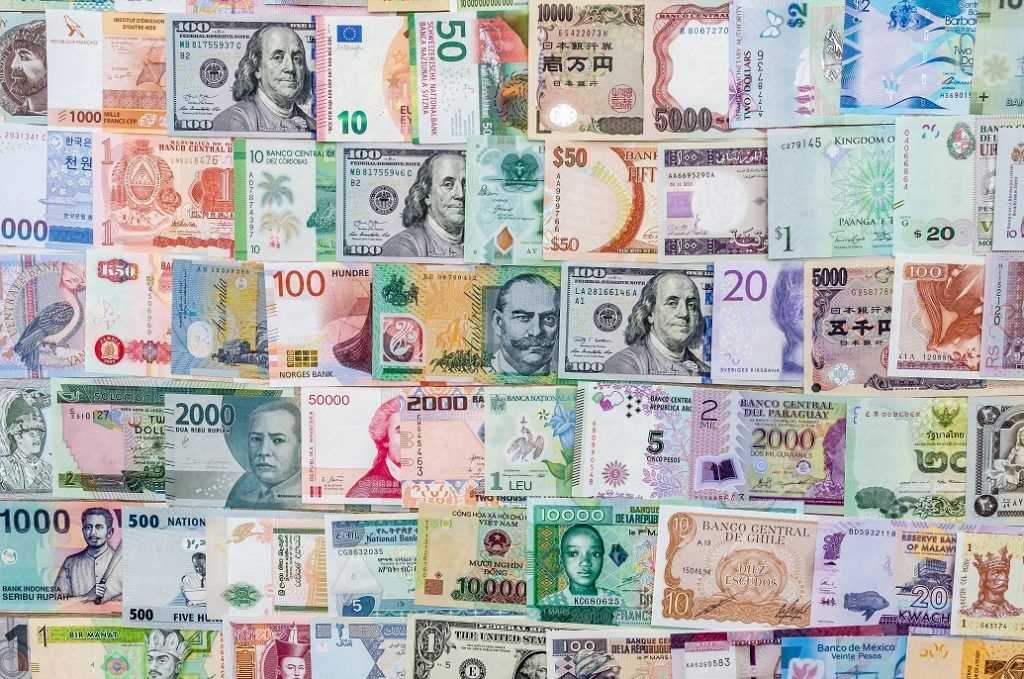What is a National Currency?
A national currency is the official form of money that is used within a country’s borders. It is issued and regulated by the government or central bank of the country and serves as a medium of exchange for goods and services. The national currency is legal tender, which means it must be accepted as a form of payment by all individuals and businesses within the country.
The national currency plays a crucial role in the economy of a country. It facilitates trade and commerce by providing a standardized unit of value that can be easily exchanged for goods and services. It also serves as a store of value, allowing individuals and businesses to save and accumulate wealth.
One of the key functions of a national currency is to serve as a tool for monetary policy. Central banks use monetary policy to manage the supply of money in the economy, control inflation, and stabilize the currency. They can adjust interest rates, buy or sell government bonds, and implement other measures to influence the value and availability of the national currency.
In summary, a national currency is the official form of money used within a country. It is issued and regulated by the government or central bank and plays a vital role in facilitating economic transactions and maintaining the stability of the economy.
How Does a National Currency Function?
Medium of Exchange

One of the primary functions of a national currency is to act as a medium of exchange. This means that it is widely accepted as a form of payment for goods and services within the country. Individuals and businesses use the national currency to conduct transactions, making it a crucial component of everyday economic activities.
For example, when you buy groceries or pay for a service, you use the national currency to complete the transaction. The currency’s acceptance is based on the trust and confidence that people have in its value and the stability of the country’s economy.
Unit of Account

A national currency also serves as a unit of account, providing a standard measure for pricing goods and services. It allows for easy comparison and calculation of the value of different products and helps establish a common language for economic transactions.
When you see the price of an item in a store, it is typically denominated in the national currency. This allows you to understand the cost of the item relative to other goods and make informed decisions about your purchases.
Store of Value
In addition to being a medium of exchange and a unit of account, a national currency functions as a store of value. This means that it can be saved and held for future use or investment.
People choose to hold their wealth in the form of the national currency because they trust that it will retain its value over time. However, the value of a national currency can fluctuate due to various factors such as inflation, interest rates, and economic stability.
Monetary Policy and National Currency
The functioning of a national currency is closely tied to monetary policy, which is the set of actions taken by a country’s central bank to manage the money supply and influence the economy. Through monetary policy, central banks can control interest rates, regulate inflation, and stabilize the value of the national currency.
For example, if a country is experiencing high inflation, the central bank may implement contractionary monetary policy to reduce the money supply and curb inflationary pressures. Conversely, during periods of economic downturn, the central bank may adopt expansionary monetary policy to stimulate economic growth and increase the money supply.
| Functions of a National Currency | Examples |
|---|---|
| Medium of Exchange | Paying for groceries, services, etc. |
| Unit of Account | Pricing goods and services |
| Store of Value | Saving money for future use |
The Role of Monetary Policy in Shaping National Currencies

One of the main objectives of monetary policy is to maintain price stability and control inflation. Central banks use various tools, such as adjusting interest rates and conducting open market operations, to influence the money supply and ensure that it is in line with the country’s economic goals.
Interest Rates
Interest rates are a key tool used by central banks to influence the economy and shape the national currency. By increasing or decreasing interest rates, central banks can encourage or discourage borrowing and spending, which in turn affects the money supply and the value of the currency.
When interest rates are low, borrowing becomes cheaper, leading to increased spending and investment. This stimulates economic growth and can lead to higher inflation. On the other hand, when interest rates are high, borrowing becomes more expensive, which can slow down economic activity and help control inflation.
Open Market Operations
Another important tool used by central banks is open market operations. This involves buying or selling government securities in the open market to influence the money supply and interest rates.
When a central bank buys government securities, it injects money into the economy, increasing the money supply and lowering interest rates. This encourages borrowing and spending, stimulating economic activity. Conversely, when a central bank sells government securities, it reduces the money supply, leading to higher interest rates and a decrease in borrowing and spending.
By using these tools and others, central banks can shape the national currency and influence the overall economy. However, it is important to note that monetary policy is not the only factor that affects a currency’s value. Factors such as trade balances, political stability, and market sentiment also play a significant role.

Emily Bibb simplifies finance through bestselling books and articles, bridging complex concepts for everyday understanding. Engaging audiences via social media, she shares insights for financial success. Active in seminars and philanthropy, Bibb aims to create a more financially informed society, driven by her passion for empowering others.
